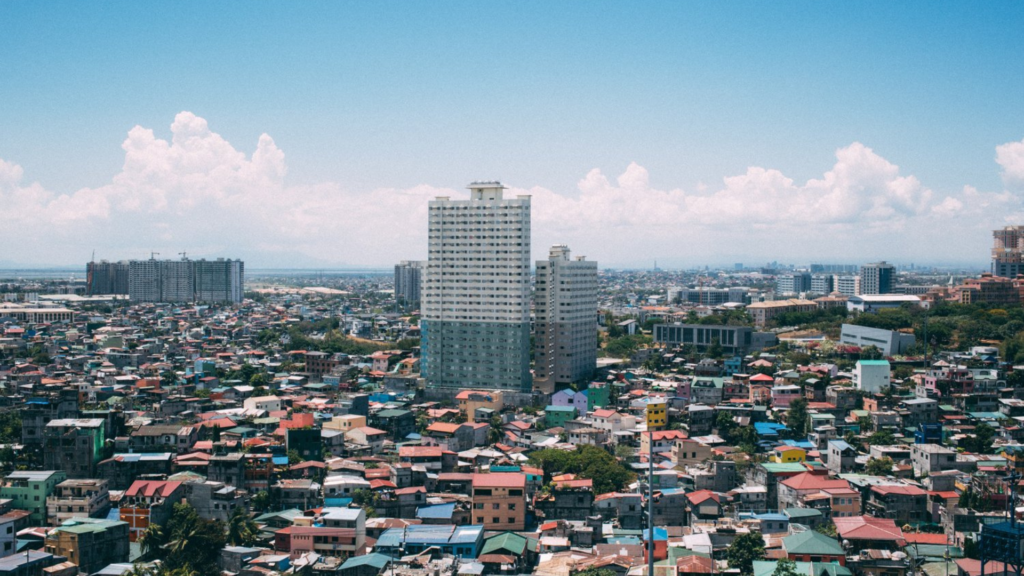Discover how the Philippines is paving the way for a sustainable lifestyle and achieving net-zero living through policies, innovative technologies, and community engagement.
Have you ever wondered how small changes can lead to a greener, more sustainable Philippines? Let’s explore the current state of sustainability in the country, how policies and technologies are helping promote net-zero living, and the role of communities and businesses in driving change.
The Current State of Sustainability in the Philippines
The Philippines, unfortunately, ranks low in terms of environmental sustainability. According to the Environmental Performance Index (EPI), the country placed 158th out of 180 nations. Poor waste management, deforestation, and air pollution are significant issues facing the country.
This calls for urgent action and a collective effort from all sectors of society to turn the tide towards sustainable living. However, there is hope, as the country has shown increasing awareness of the need for change.
Policy and Regulations: What’s Being Done to Promote Net-Zero Living
The Philippine government has taken significant steps to promote sustainable practices and encourage a net-zero lifestyle. Policies and regulations such as the Renewable Energy Act in 2008, Climate Change Act in 2009, and National Greening Program in 2011 are in place.
They support the transition towards renewable energy sources, reduce carbon emissions, and promote reforestation efforts. These initiatives aim to create a conducive environment for sustainable development and encourage the adoption of greener practices by individuals, communities, and businesses.
Innovative Technologies and Designs for Net-Zero Homes
Innovative technologies and designs play a crucial role in pursuing a sustainable lifestyle. Net-zero homes completely offset their carbon emissions both from embodied energy and operational energy over their lifetime. These homes incorporate a variety of technologies, including solar panels, rainwater harvesting systems, energy-efficient appliances, and smart home automation.
Additionally, green building practices, such as using sustainable materials and maximizing natural light and ventilation, are embraced to create eco-friendly and energy-efficient living spaces.
To read the entire column, please click here.


